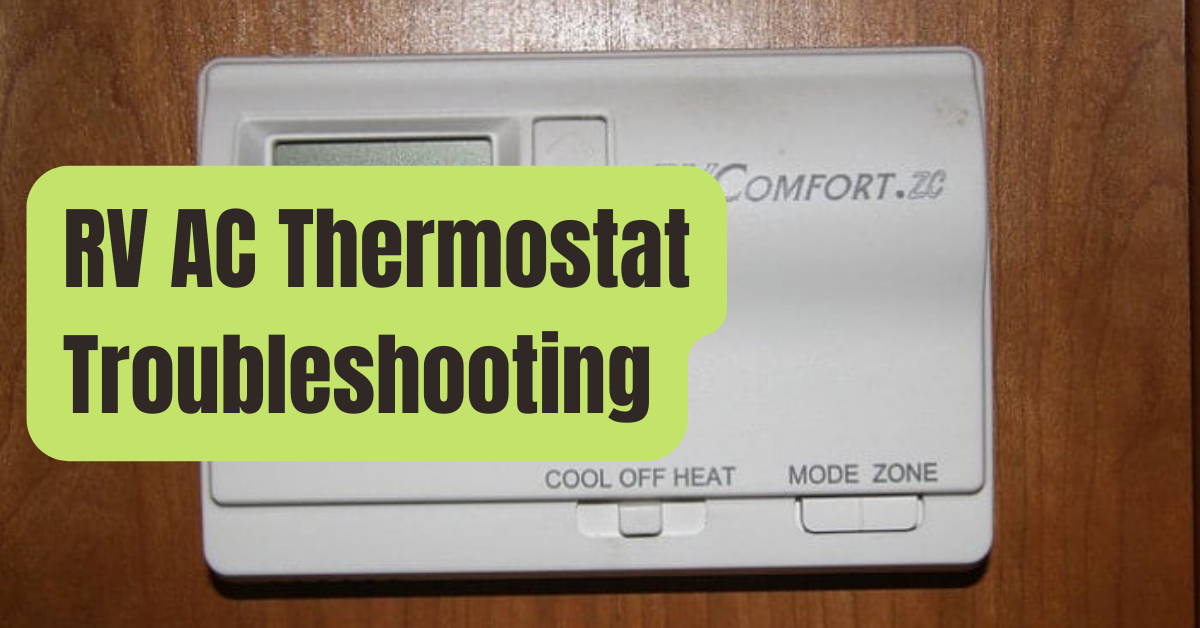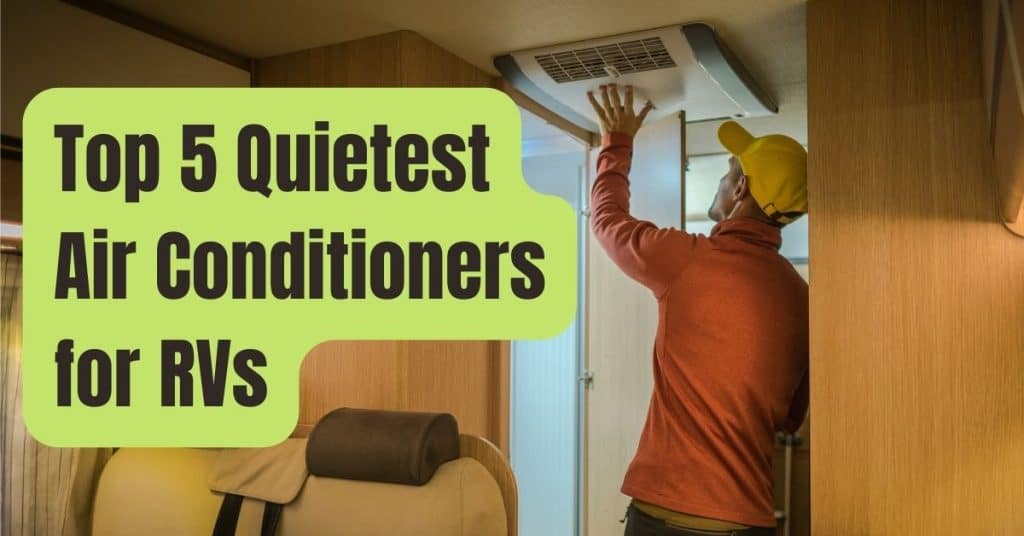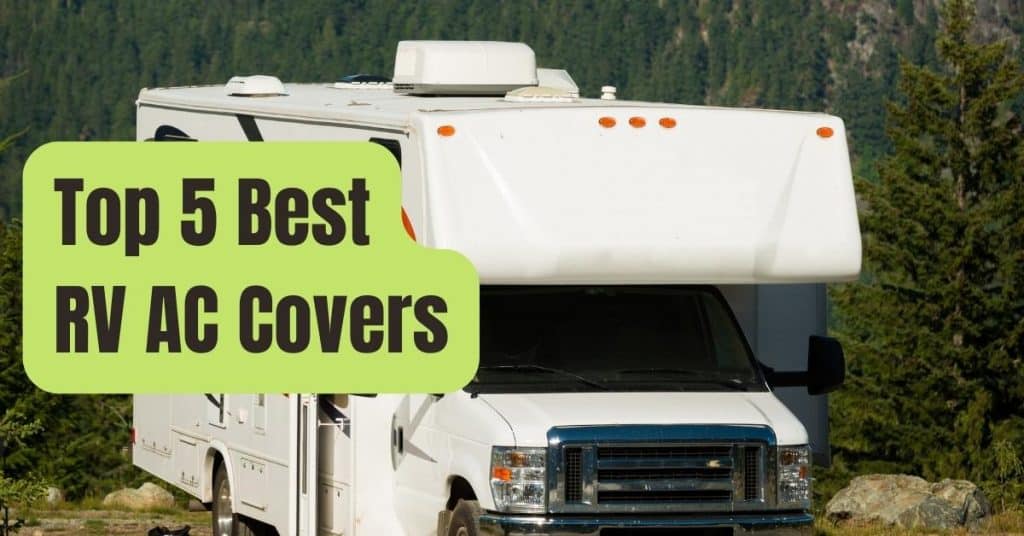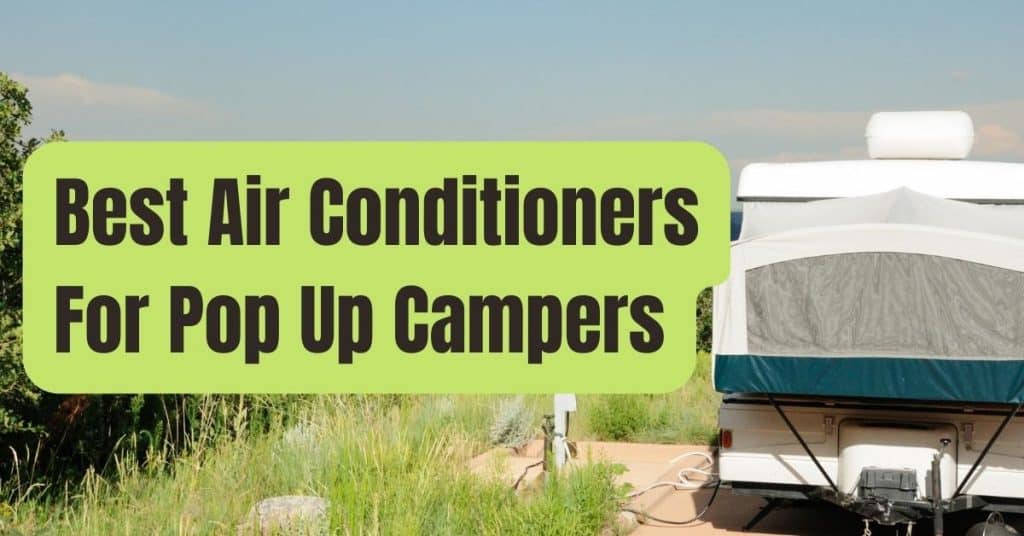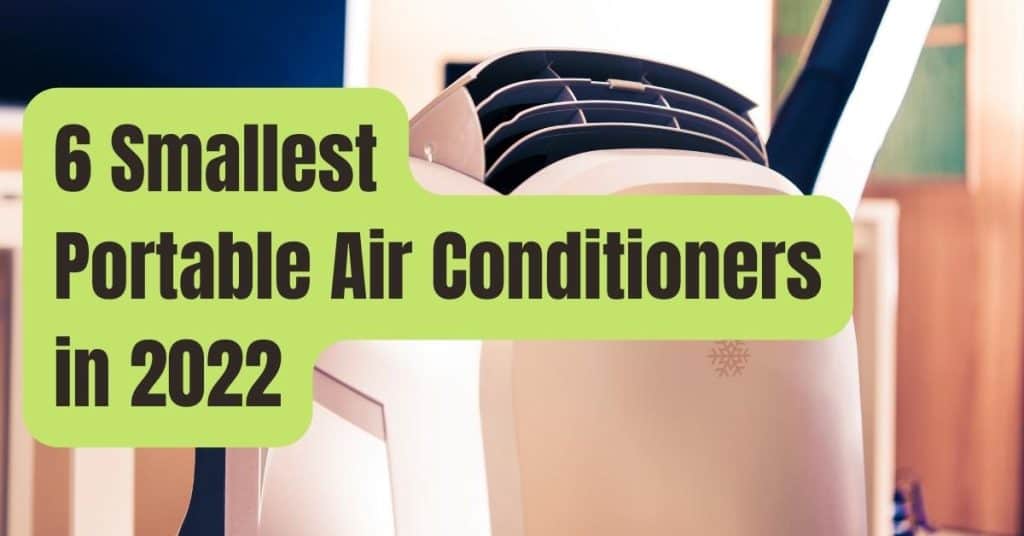Your RV’s thermostat informs your HVAC system whether the inside needs to be heated or cooled.
Examine the thermostat since it may have failed if your system appears to have a mind of its own or isn’t operating as effectively as it could.
Finding the issue might be time-consuming, and it can be in an unexpected place.
Although a system reset option could be useful, problems can sometimes be caused by the simplest things.
To diagnose the issue, check your fuses, especially the ones below the roof of your RV.
If a fuse has blown, replace it and you should be good to go.
Without spending hours poring through the owner’s handbook, you may learn more about Dometic thermostat troubleshooting from our tutorial.
By the end, you’ll be able to manage the majority of thermostats since the identical issue might arise with any of them.
At least you’ll be aware of what to do to get your Duo Therm Comfort Control working as quickly as possible.
How Can I Test My Thermostat in My RV?
If you need to troubleshoot a Coleman Mach RV Thermostat or have HVAC system issues with a Dometic RV Thermostat, just follow the methods listed below.

#1. Lack of Batteries
- The control unit of modern digital thermostats needs batteries to function.
- It makes sense to change the batteries and double-check any damaged features.
- The thermostat also seems to be dead when a battery is completely depleted.
- Take a look at the digital screen. The internal bulbs may have failed or are failing if the backlight or sidelight is dim despite the fact that it should illuminate.
- A blank screen indicates that the thermostat is not sending information to the display. The screen could be malfunctioning.
#2. Breakers for Circuits
Finding your furnace’s heating and cooling circuit tripping quietly is straightforward.
If you don’t check twice, you won’t know.
Reset them if one or more have triggered, then examine the thermostat and any associated devices.
While it could be OK for cooling, they are more susceptible to tripping when the furnace starts to heat up and you need extra electricity.
#3. Place Of The Thermostat
A location where an RV thermostat may be could indicate that the thermostat is malfunctioning.
However, your RV’s thermostat panel is being directly illuminated by the sun.
Alternately, any imperfections or openings under the thermostat can let colder air through, changing the readings.
Both situations have the ability to alter the thermostat’s internal temperature, giving the impression that the thermostat is broken and producing inaccurate results.
Thermostat Reset: How Do I Do It?
Before you repair anything in your furnace or check the cables, one of the most important things you can do is reset your RV air conditioner.
The same thing may occur with problems, and a system reset will quickly return everything to its proper state.
The settings may be the only thing preventing your RV AC unit from cooling, which would explain why your screen is black.
Here are step-by-step instructions on how to hard reset the thermostat on your Dometic RV air conditioner to ensure that it operates at the proper temperature.
- The temperature set-point may be changed by pressing the “+” or “” button. The LCD display shows the temperature set-point in two digits.
- Press the “+” and “” buttons to raise and lower the temperature set-point, respectively. You can see that your system’s maximum set-point is 90 degrees Fahrenheit, and its lowest set-point depends on the operating mode that is now in use.
Heating must be at least 40° F.
55o F is the lowest temperature you may select for cooling.
Off means Off Mode.
When you choose this, the LCD goes black and the Off green LED comes on for 15 seconds before going off.
Cool Mode, or “Cool”
When the Single Zone LCD thermostat is set to Cool air mode, the system cycles the compressor On and Off based on the temperature of the room as well as the temperature set-point.
The compressor starts up after about two minutes, but the fan starts up first.
Three options for fan speed are available here:
- Lo – (LOW): Your fan runs at a low speed while the compressor cycles on and off.
- Hi – (HIGH): The fan and blower motor run quickly as the compressor cycles on and off.
- Au – (AUTO): When the auto fan option is chosen, the fan speed adjusts in accordance with any temperature differential between the set-point and the ambient air temperature. The compressor and fan cycle On and Off utilizing the thermostat while the fan is operating automatically.
How Can I Tell If My Thermostat Needs Repair?
Here are a few things to check to verify whether your thermostat is functioning correctly or to determine whether an RV’s thermostat is defective.
#1. Powerlessness
The most frequent issue with thermostats is that they stop working and won’t switch on.
In this case, the electrical system of the RV may have gotten cut off from the thermostat wire.
The item could detach while in transportation if the thermostat wire is loose.
You could find that adjusting the thermostat settings on your RV doesn’t affect the temperature.
As a consequence, the thermostat is unable to determine the room’s current temperature, which causes the appliance to operate inefficiently.
You could also find that the thermostat doesn’t turn on at all or that the display is dim.
It’s conceivable that the screen has been damaged, causing the device to fail and making changing the temperature settings difficult.
There are a few battery-powered RV thermostats on the market.
If you are certain that the issue is not with your electrical system, the batteries in the device may be at fault.
It is not necessary to hire an expert to replace the battery since it is a straightforward process.
The thermostat can be damaged if you replace the battery and it still doesn’t function.
Replace any damaged, broken, or non-responsive thermostats with new ones.
A remanufactured thermostat is not a good investment.
They may cost less than a brand-new machine, but they seldom have warranties, and there is a chance that they may malfunction.
Purchase a new thermostat at all times, whether from the AC manufacturer or a trustworthy dealer.
A new programmable thermostat makes life much simpler and comes with a guarantee.
#2. Your Heater Or Air Conditioner Won’t Turn On
If the thermostat is not getting power, there may be a problem with the wiring or the unit’s batteries may be dead.
The machine cannot transmit and receive the electrical impulses it need to operate properly due to wiring issues.
You must remove the thermostat from its housing in order to inspect the wires for damage.
If the wire or harness is undamaged, you may bring the device to a licensed electrician for testing.
#3. Your Heater Is Always Running
Frayed wiring or an improperly calibrated thermostat unit may be to blame if your heater or air conditioner won’t shut off even after you press the power button.
In this case, you’ll also need to remove a few screws, then the device, in order to check the wire harness.
If the wiring seems to be in excellent shape, take the appliance to a qualified electrician for an evaluation and inspection.
#4. The Settings Are Not Accurate for the Temperature
The actual temperature felt in your RV differing from the display on the thermostat is one of the more subtle signs that the thermostat is malfunctioning.
The device may need to be re-calibrated if the heater is cranked up but the temperature inside the RV remains constant.

How Can I Repair A Nonfunctioning Thermostat?
Here, we’ll examine how to troubleshoot your HVAC system and thermostat for an RV.
There are a few more things that might go wrong, but these are the most frequent repairs to get your RV thermostat to function properly.
Try the following thermostat troubleshooting tips to get your RV thermostat to function properly if you see any of the warning signs mentioned above with the thermostat and air-conditioning system.
#1. Verify That Your Thermostat Is Set To The Proper Temperature.
Most RV owners would consider this step obvious.
Make sure the thermostat is on warm if it’s winter; if it’s summer, make sure it’s on cool.
Particularly if this is your first RV and you have no previous experience working on these vehicles, simple mistakes might result in serious problems.
The most probable explanation for your heater or air conditioner running continuously is because the setting is “On.” Find the thermostat’s control panel, then set it to “Auto.” Your desired working conditions are taken into account when the temperature is automatically changed.
Only when the system is heating or cooling the air inside the RV does the air conditioner or heater blast air in the automatic mode.
#2. Change The Temperature On Your Thermostat By 5 Degrees.
If you have this issue in the summer, set the thermostat 5 degrees lower than the air temperature outside.
The thermostat should be set 5 degrees higher in the winter than it is outdoors.
The thermostat should click when the settings are increased or decreased.
Check the cooling system and supply register vents to see whether they are still blowing or sucking air from within the RV after a few minutes.
#3. Examine And Swap Out The Thermostat Batteries
Many contemporary RVs come equipped with digital thermostats, so if your RV has one of these devices, you may want to think about changing the batteries.
You’ll see the thermostat turn on if this is the case.
The wiring should be the next area of investigation if the batteries have been changed and nothing has changed.
If your RV has a digital thermostat, it makes sense to swap out the batteries once a year to prevent thermostat problems.
Notably, domestic thermostats cannot be used to adjust the temperature in an RV.
They do not utilize DC voltage electricity; instead, they operate on AC power with battery backup.
#4. Air-Blast Your Thermostat
Certain cooling systems from earlier RV models come with mechanical thermostats.
A little lever that lets you adjust the temperature inside the RV is often how you can spot a mechanical thermostat.
Dust tends to gather on mechanical thermostats.
The mechanical parts of the device might get clogged with dust if it gets inside.
If you purchase a secondhand RV with a mechanical thermostat, this problem may be what’s going wrong with it.
Take off the unit’s lid and use pressurized air from a can to clean it.
#5. Check Your Connections and Wires
It’s time to look at the wiring if you’ve tried the preceding RV thermostat troubleshooting advice and your thermostat is still not functioning.
We advise using a licensed electrician if you have little knowledge of electrical systems.
If you have electrical knowledge, take off the thermostat’s cover and check the wire connections on the circuit board.
Reconnect any loose or outdated wiring to check whether it affects your heating and cooling systems, the digital display, or both.

